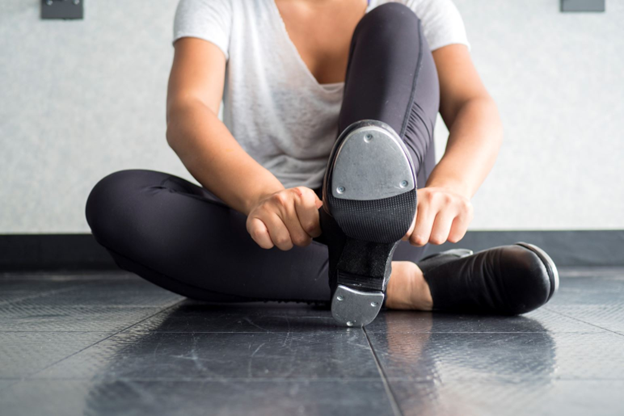Learning to dance is an exciting journey that combines creativity, rhythm, and physical coordination. Among the various dance forms, tap dance stands out because of its unique blend of music and movement. Tap dancing is not only an art form but also a way to develop essential dance skills gradually. Taking structured tap dance lessons can make the learning process enjoyable and effective, helping you progress step by step.
Understanding Tap Dance and Its Benefits
Tap dance is a style that emphasizes creating rhythm through your feet using special shoes with metal taps. This dance form helps improve timing, coordination, and musicality. By practicing regularly, dancers develop better body awareness and physical stamina. Tap dance is not just about moving your feet quickly; it is about expressing emotion and rhythm through movement. This makes it a complete workout for both the mind and body.
The Role of Tap Dance Lessons in Skill Development
Enrolling in tap dance lessons allows you to learn from trained instructors who guide you through each step carefully. These lessons are structured to help beginners grasp basic techniques before moving on to more advanced routines. Tap dance lessons provide a clear roadmap, so you can focus on mastering one skill at a time without feeling overwhelmed.
In a typical tap dance class, students start with simple foot patterns and gradually progress to more complex sequences. The lessons teach proper posture, foot placement, and timing, which are crucial for developing a strong foundation in dance. By following a structured approach, dancers gain confidence and improve their overall performance.
Building Coordination and Rhythm
One of the most significant advantages of tap dance lessons is the improvement in coordination and rhythm. Tap dancing requires simultaneous movement of different parts of the body while keeping pace with music. Lessons focus on exercises that enhance your ability to coordinate your feet, hands, and body movements.
Regular practice during lessons trains your brain to recognize patterns and respond quickly, which enhances your rhythm and timing. Over time, this practice not only improves your tap dancing but also makes you a more versatile dancer in other styles.
Developing Confidence Through Progressive Learning
Tap dance lessons follow a step-by-step learning process, which helps students build confidence gradually. Instead of trying to learn complex routines immediately, lessons break down movements into manageable steps. This approach allows students to achieve small successes frequently, boosting their self-esteem and motivation to continue learning.
Moreover, performing in front of classmates or participating in small recitals during lessons helps dancers overcome stage fear. As confidence grows, students can explore more creative movements and express themselves freely through tap dancing.
Enhancing Physical Fitness and Mental Focus
Tap dancing is an excellent form of physical exercise. Tap dance lessons involve repetitive footwork, which strengthens leg muscles, improves flexibility, and increases endurance. In addition, maintaining rhythm and coordination engages your mind, enhancing focus and mental agility.
The combination of physical activity and mental concentration in tap dance lessons makes it an effective way to stay fit while learning a new skill. Over time, students notice better posture, balance, and overall body control, which benefits them in everyday life and other physical activities.
Connecting with Music and Creativity
Tap dance is unique because it blends movement with music. Tap dance lessons teach students to interpret music through their steps, helping them understand musical rhythms, beats, and accents. This connection between dance and music encourages creativity, allowing dancers to develop their style and express emotions through movement.
By experimenting with different rhythms and patterns in lessons, students learn to improvise and innovate. This creative freedom enhances their dancing experience and makes learning more enjoyable.
Conclusion
Tap dance lessons offer a structured and enjoyable way to master dance skills step by step. They provide a strong foundation in technique, coordination, and rhythm while boosting confidence and creativity. Through consistent practice and guidance from instructors, dancers can progress from simple footwork to complex routines with ease. Beyond improving dance skills, tap dance lessons contribute to physical fitness, mental focus, and artistic expression. Whether you are a beginner or looking to refine your skills, tap dance lessons can help you grow as a dancer while enjoying every step of the journey.








